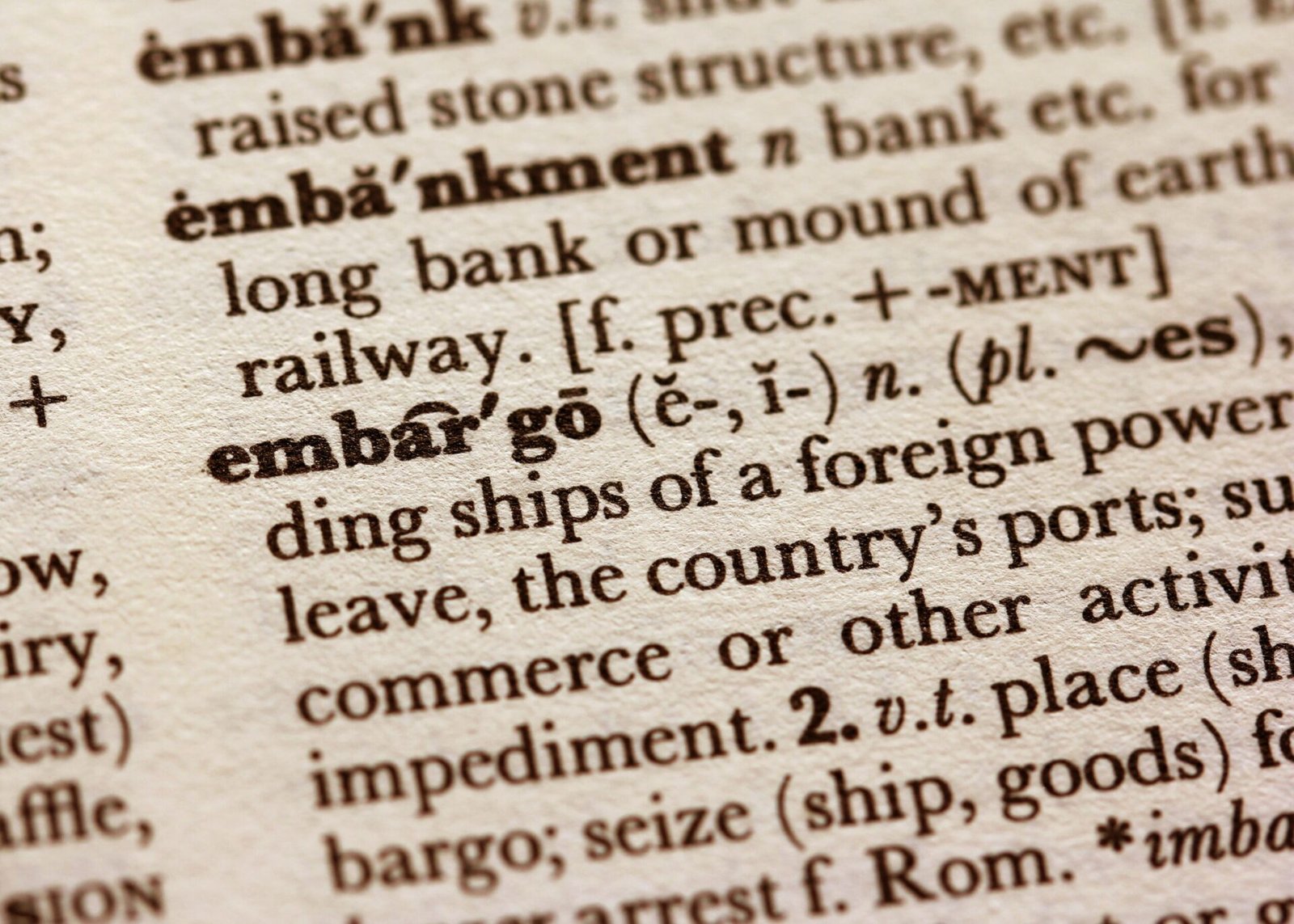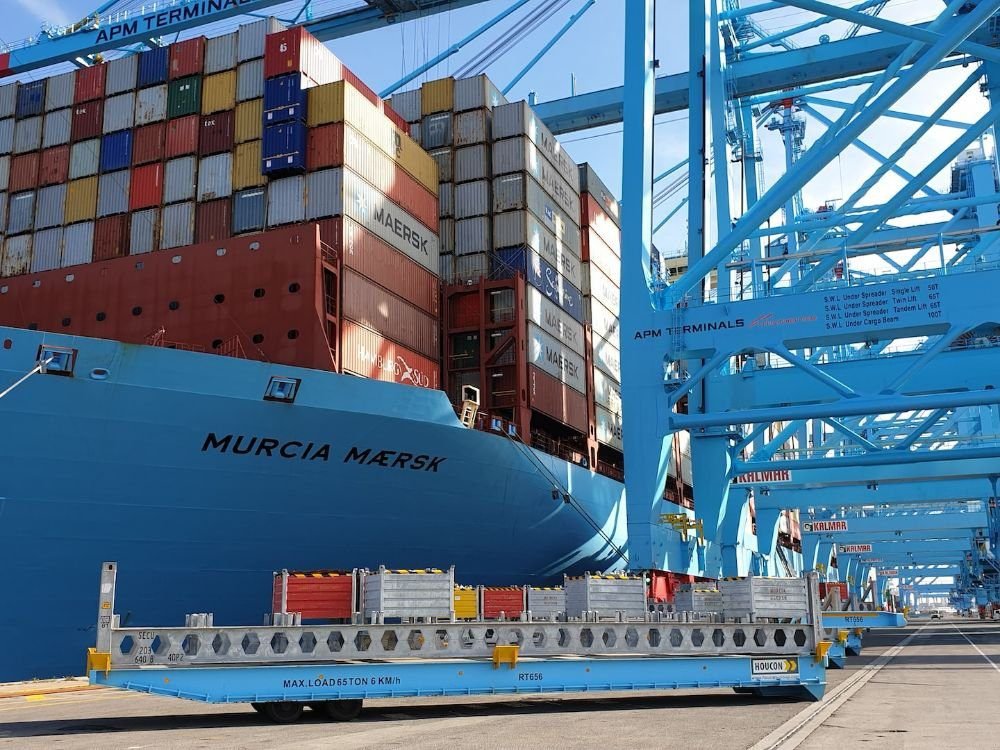
by Jakob Staubmann
Introduction
Refugees play a vital role in shaping the fabric of European Union member states. With different categories of refugees, it is important to understand the definition of a refugee in the European Union and the unique challenges faced by Ukrainian refugees. In this blog post, we will delve into the intricacies of the refugee definition, discuss the various categories of refugees, explore why Ukrainian refugees face different standards, and examine the relationship between refugee matters and human resources.
The Refugee Definition in the European Union
In the European Union, a refugee is defined as an individual who has fled their country due to a well-founded fear of persecution based on race, religion, nationality, political opinion, or membership in a particular social group. This definition, outlined in the Refugee Convention of 1951 and its 1967 Protocol, forms the basis for granting protection to refugees within the EU.
However, it is important to note that the definition of a refugee may vary slightly between EU member states, as they have the autonomy to interpret and apply the definition within their national legislation. Despite these variations, the core principles and standards set by the EU remain consistent.
Different Categories of Refugees in the European Union
Within the European Union, there are different categories of refugees, each with specific rights and entitlements. These categories include:
- Convention Refugees: These are individuals who meet the definition of a refugee under the Refugee Convention of 1951 and its 1967 Protocol. They are entitled to international protection and enjoy a range of rights, including the right to work, access education, and healthcare.
- Subsidiary Protection: This category includes individuals who do not meet the definition of a refugee but face a real risk of serious harm if returned to their country of origin. These individuals are entitled to subsidiary protection, which offers a lesser degree of protection compared to convention refugees.
- Temporary Protection: Temporary protection may be granted to individuals who are fleeing mass influxes of persons, such as conflicts or natural disasters. This form of protection ensures immediate safety and basic assistance, but does not grant long-term rights or access to integration programs.
Why Ukrainian Refugees Face Different Standards
Ukrainian refugees face different standards compared to refugees from other countries due to several factors. The ongoing conflict in Ukraine has resulted in a complex situation, with different regions experiencing varying levels of violence and instability. As a result, EU member states may apply different standards when assessing asylum claims from Ukrainian refugees, considering factors such as the prevailing conditions in specific regions and the level of individual risk.
Furthermore, due to geopolitical considerations and EU policies, some member states may have specific agreements or arrangements with Ukraine that could impact the treatment of Ukrainian refugees. These variations in standards highlight the need for a comprehensive and coordinated approach within the EU to ensure fair and consistent treatment of all refugees.
The Relationship Between Handling Refugees Matters and Human Resources
The handling of refugee matters has a direct impact on human resources within EU member states. The successful integration of refugees into local communities and labor markets can contribute to economic growth, cultural diversity, and social cohesion. It presents an opportunity to tap into a diverse talent pool and address labor market shortages in certain sectors.
However, it is crucial to recognize that the integration process requires concerted efforts from various stakeholders, including governments, employers, civil society organizations, and the refugees themselves. By investing in language and skills training, providing employment opportunities, and creating inclusive policies, the human resource potential of refugees can be harnessed for the benefit of both refugees and host communities.




























